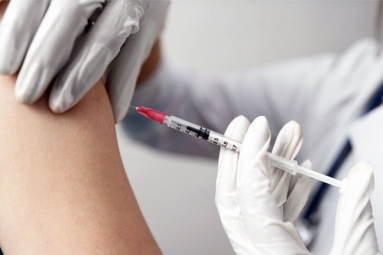
Many people in Austin had viewed HIV as a big-city disease, something that might afflict people in San Francisco or New York. Austin is a small city of about 4,000 people 40 miles north of Louisville, Ky. In February 2015, the first 30 cases of HIV were reported. By mid-March, the number had climbed to 55. State health officials, the governor and the federal Centers for Disease Control and Prevention were looking for answers.
“I think we have a lot of really good things that came out of the HIV outbreak,” said Brittany Combs, public health nurse at the Scott County Health Department neighboring Scottsburg, Ind. “We still have a long way to go.”
“It was a devastating time in this community,” said Carolyn King, a community consultant who has worked in social services in Scott County for several years.
“They didn’t understand that disability was something they get when they’re disabled,” said Dr. William Cooke, who opened his Foundations Family Medicine in an office blocks from where many drug users live.
“We would scratch our heads as a medical community once in a while and say, ‘Why don’t we see more HIV than we do?’ ” Cooke said. “It’s a matter of time. It was something we just kind of knew.”
“It set up this environment where there was this subculture of individuals that were hiding, disconnected from the rest of the community,” Cooke said. “It was really frustrating. It was not like we didn’t know there was an IV drug problem in rural America, but we just kind of ignored it.”
By Premji






















